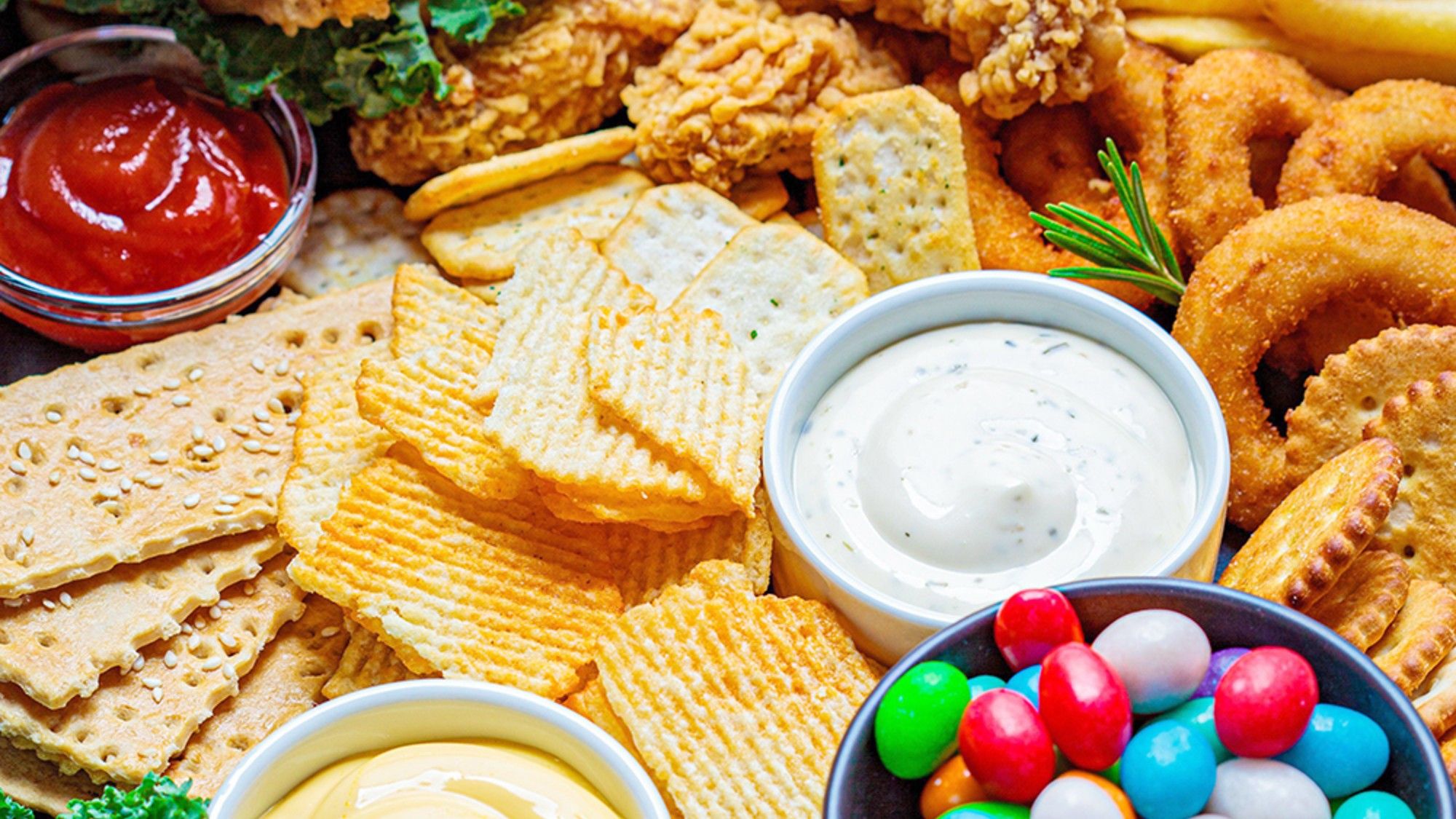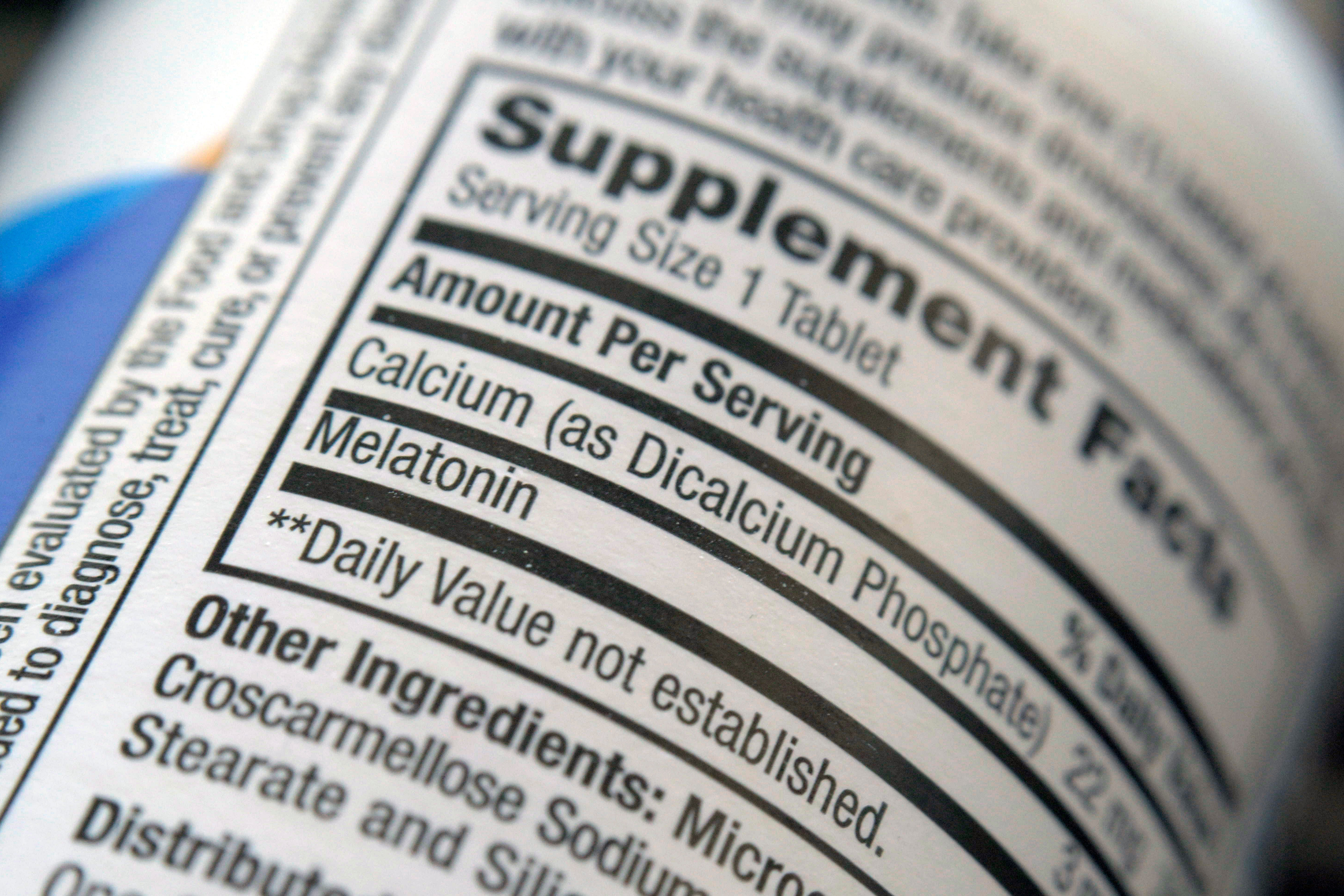Ultra-processed America | The Week

What are ultra-processed foods?
It’s a bit of a fuzzy area, but the gist is they’re refined foods made from ingredients not typically found in home kitchens. Brazilian researcher Carlos Augusto Monteiro popularized the term in 2009, when he classified food into four categories. At one end of the spectrum lie foods from the farm, such as vegetables, fruits, milk, eggs, and meat; at the other, ultra-processed foods, including sodas and energy drinks, one-box meals, junk foods like chips, and fast food. The addition of high-fructose corn syrup is usually a hint that a food is ultra-processed. Eating these products has been linked to diabetes, cancer, cardiovascular disease, depression, and obesity. Given that nearly one-third of teenagers and almost half of adults are prediabetic or diabetic, ultra-processed foods have become a scapegoat for America’s health problems. Health Secretary Robert F. Kennedy Jr. called them a “poison” that’s “driving our chronic disease epidemic,” and California just became the first state to regulate them. But public health experts disagree on the dangers they pose, with some arguing the category is meaningless because it can describe everything from corn dogs to canned black beans. “A whole lot of things that you could never imagine can be done [to food],” said University of North Carolina nutritionist Barry Popkin. “You can’t tell simply by the ingredients.”
How much of these foods do we eat?
About 70% of the U.S. food supply qualifies as ultra-processed, and these items made up 55% of the food Americans ate from 2021 to 2023, according to a new Centers for Disease Control report. They’ve been omnipresent in grocery stores for decades, with high-fructose corn syrup consumption increasing a hundredfold from 1970 to 1993 (see box). But Americans are actually eating less of these foods than in previous years. The mean percentage of calories consumed by adults from ultra-processed foods dropped 3 percentage points from 2018 to 2023, sinking to 53%. For kids and teens, it dropped by almost 4 points, to 61.9%. While the bulk of most people’s calories still comes from ultra-processed foods, “statistically, the decline is significant,” said the CDC’s Anne Williams.
Are they unhealthy?
The most prominent study, by the National Institutes of Health, compared an unprocessed diet loaded with fresh fruits and vegetables with an ultra-processed diet, giving participants in both groups equal amounts of salt, sugar, and fiber. The people on the junky diet ate about 500 more calories a day and gained more weight. Energy density, or calories per gram of food, explained the difference. Ultra-processed food is nearly twice as fattening as fresh food—three cups of broccoli, for example, has 100 calories, the same amount as half a Hershey bar. A 2025 study also found a person’s risk of premature death rose almost 3% for every 10% increase in ultra-processed foods consumed. “No reason exists to believe that humans can fully adapt to these products,” said Monteiro.
The Week
Escape your echo chamber. Get the facts behind the news, plus analysis from multiple perspectives.
SUBSCRIBE & SAVE
Sign up for The Week’s Free Newsletters
From our morning news briefing to a weekly Good News Newsletter, get the best of The Week delivered directly to your inbox.
From our morning news briefing to a weekly Good News Newsletter, get the best of The Week delivered directly to your inbox.
So why do we eat them?
Partly, because they taste great. Ultra-processed foods are addictive, echoing the effect of a hit of nicotine on our dopamine systems. Studies show eliminating them can lead to withdrawal symptoms such as anxiety. They’re also cheap and easy. In the NIH study, the unprocessed meals cost 40% more and took longer to prepare. That’s why ultra-processed TV dinners became popular in the 1950s and ’60s, when more women were working but were still tasked with feeding their families. Nearly 19 million Americans now live in food deserts without access to healthy food and with little leisure time. “You have to be like, What am I going to cook? What am I shopping for?” said health policy expert Julia Wolfson. “It’s a lot of planning and cognitive functioning and mental energy, which is not time- or cost-neutral.”
How are these foods regulated?
Under California’s new bipartisan Real Food, Healthy Kids Act, the state will identify ultra-processed foods “of concern” and eliminate them from school lunches by 2035. The ban is expected to cover most foods that contain unnatural substances like emulsifiers and flavor enhancers, as well as those with high levels of saturated fat, added sugar, sodium, and certain sweeteners. “D.C. politicians can talk all day about ‘Making America Healthy Again,’ but we’ve been walking the walk,” said Democratic Gov. Gavin Newsom. On this issue, he’s aligned with Kennedy and his MAHA movement. Kennedy plans to release updated nutritional guidance prioritizing “whole foods, healthy foods, and local foods” and pinning down the definition of ultra-processed.
Will that help?
It’s debatable. Some experts argue the ultra-processed foods category is too broad to regulate. It contains Doritos and Coke, but also store-bought whole-wheat bread and hummus. Some highly processed products, such as certain breakfast cereals and yogurts, aren’t associated with poor health outcomes; others, like gluten-free bread, provide alternatives for people with allergies. A committee advising the federal government last year decided against taking a strong position on ultra-processed foods, saying the science just wasn’t sufficient to reach a definitive conclusion. “There are probably some subcategories that are perfectly fine—maybe even really good for you— and others that are particularly damaging,” said NIH researcher Kevin Hall. “I just don’t think we know which ones.”
link







